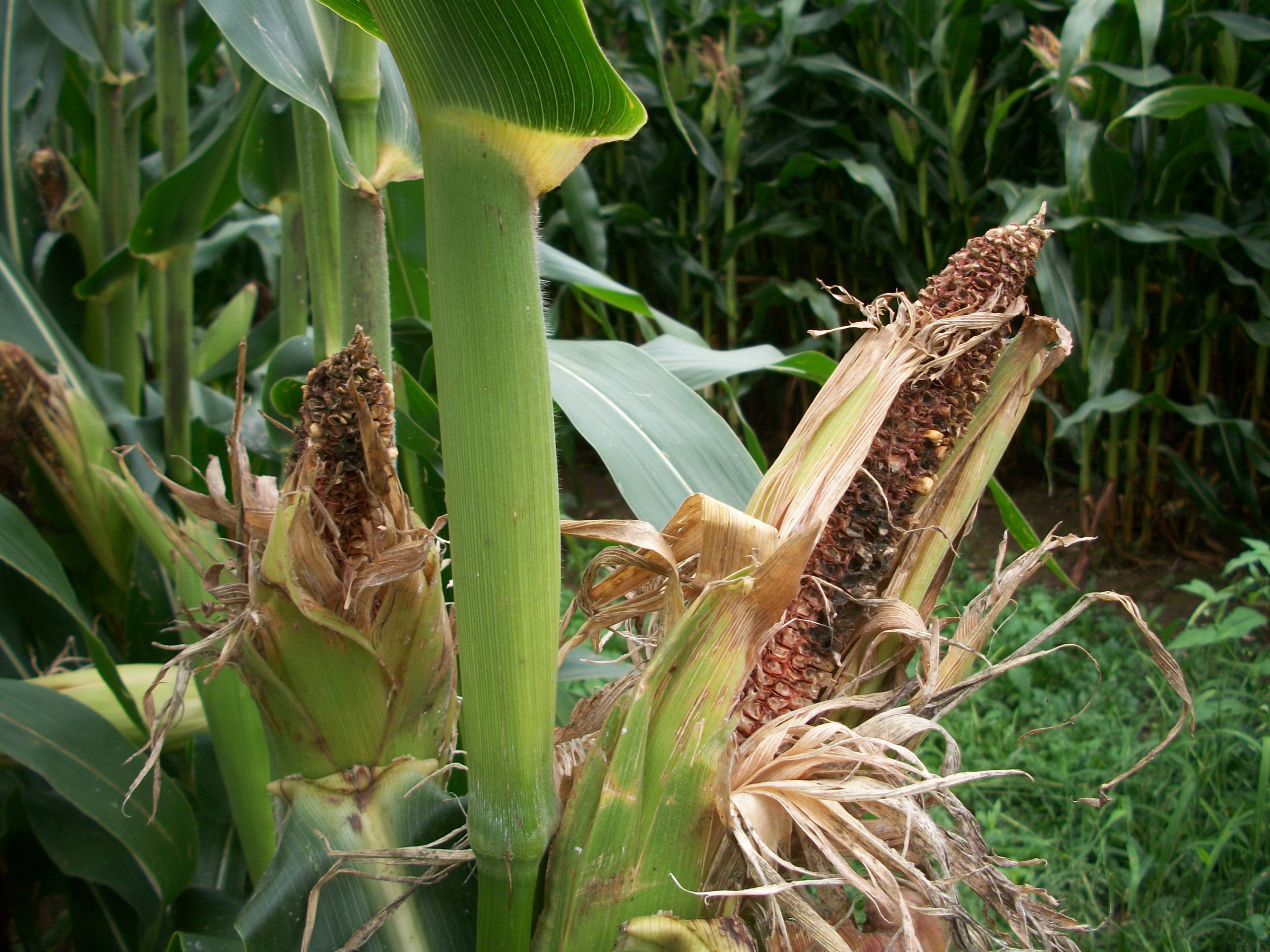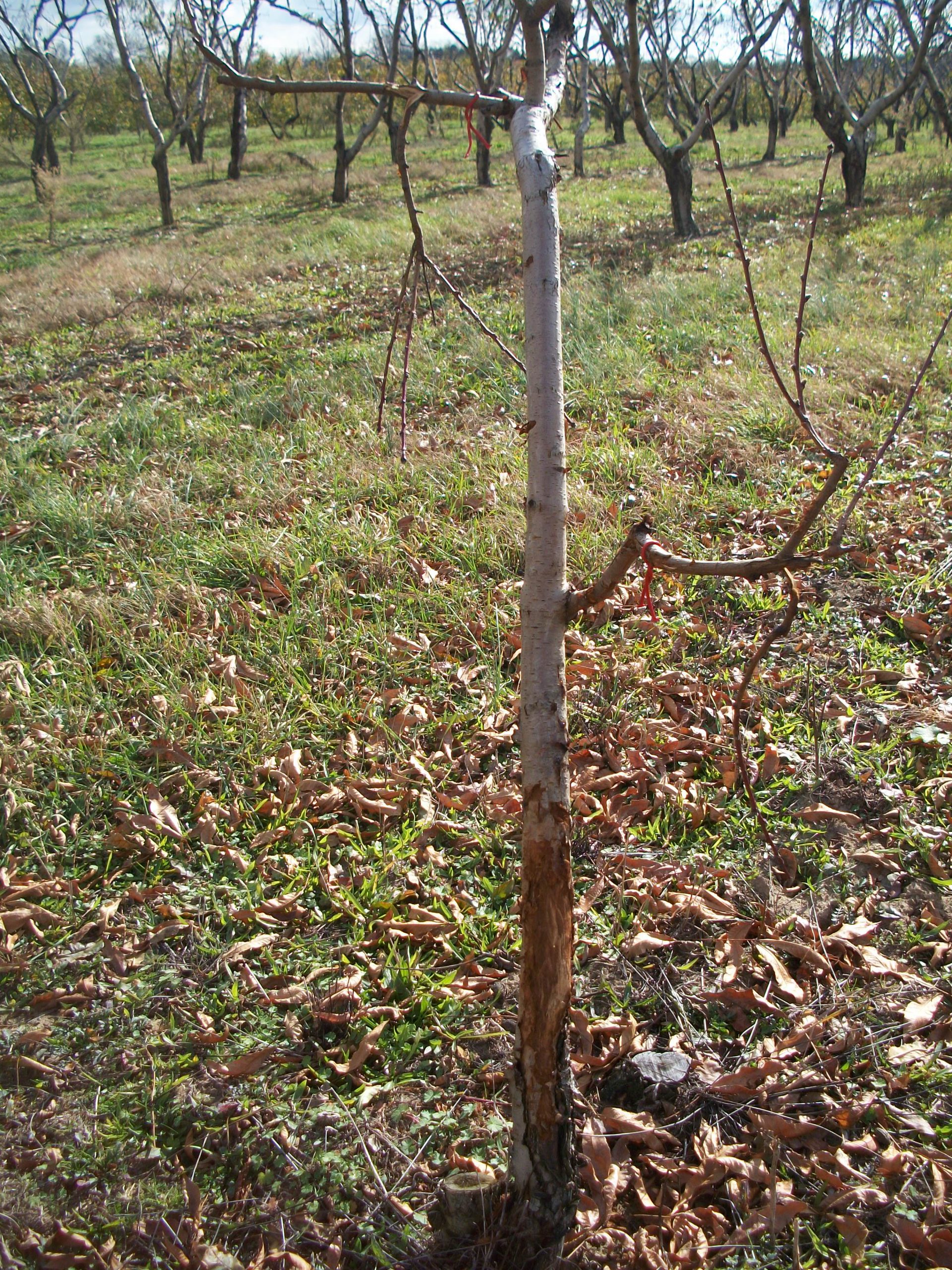WILDLIFE
Wildlife Habitat
Whether it’s the back forty-acres or simply the backyard, a lot of folks enjoy seeing wildlife more frequently on their property. Creating or enhancing habitat (food, water, and shelter) will attract various wildlife species that may become regular visitors to your residence. Nature responds quite well to the well thought out efforts, proving that “if you will build it, they will come!”
HUMAN-WILDLIFE CONFLICTS
Coexistence between humans and wildlife have been taking place since creation. As one of my Wildlife Specialist counterparts used to say, “fence it or share it”. Though true, sometimes that may not be practical or economical. Hence, this is when a human-wildlife conflict tends to arise, when a critter may show up “uninvited”, creating a nuisance at the very least or possibly even a loss of property.
LIVING WITH WILDLIFE
Preventing conflicts is the best and typically the least expensive option for coexistence with wildlife, whether it be in an urban setting or out on the farm. There are a number of exclusion and deterrent practices that can be employed. Just keep in mind what the local, state or federal regulations may stipulate.
The ODNR Division of Wildlife has a publication that provides a few recommendations for dealing with a few of the more common ‘invaders’ of your residence or backyard garden. More tips on the prevention of nuisance wildlife, including specific species, can be found on the Division of Wildlife’s webpage.

NUISANCE WILDLIFE
This quick reference guide lists some of the legal options you have as a landowner, business, or ag producer in the effort to address a nuisance wildlife issue. For any additional assistance, contact the Erie SWCD Wildlife Specialist or the Erie County Wildlife Officer.
DEER DAMAGE CONTROL PERMITS
Wildlife deterrent tactics (fencing, noise, scare devices, repellants, etc.) are first recommended in the effort to minimize or eliminate personal property damage. Once they have been tried and have proven to be ineffective, then other measures may need to be taken to address the problem and reduce financial losses. A prime example is with regard to an agricultural producers traditional crops (corn, wheat, soybeans, etc.), where a substantial amount of deer browse could lessen yields, profits or the inability to market a product.
The ODNR Division of Wildlife (DOW) has implemented a program whereby a Deer Damage Control Permit (DDCP) can be issued, when warranted, in the effort to allow the farmer/landowner the ability to reduce the number of deer on their property that are causing the damage.
The DDCP is only issued when it can be substantiated, per the site investigation conducted by either the county Wildlife Specialist or Wildlife Officer, that the damage incurred has been caused directly by deer and only after the aforementioned deterrents have been attempted.
More information regarding the Deer Damage Complaint Procedure or to submit an application for a Deer Damage Control Permit can be found on the DOW website.

OHIO LANDOWNER AND HUNTER ACCESS PROGRAM
Hunting is, by and far, the most economical and efficient method of managing the overall population of wildlife. It also remains one of the best ways for an individual to experience nature and partake in a long-standing tradition to supplement one’s alternative food source.
One program specifically designed to connect the farmer/landowner with the hunter is the Ohio Landowner/Hunter Access Partnership (OLHAP). The goal of this financially incentivized program to the landowner, is to provide more hunting access on private lands to hunters. As a result, human-wildlife conflicts could be lessened. And ideally, healthier populations of wildlife would result!
If you are interested in enrolling your property into the program, call or email your District’s Division of Wildlife contact person. You can download a fact sheet or click here for more information about OLHAP.
